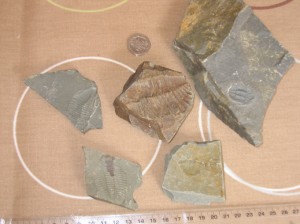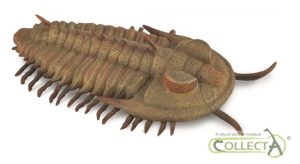Not all Fossils are Dinosaurs (A Helpful Explanation)
Not All Fossils are Dinosaurs
Everything Dinosaur team members are often asked questions by school children about the biggest and fiercest meat-eaters. The students may ask whether Giganotosaurus really was bigger than T. rex for example. Whilst trying to answer their many questions we do try to stress that the fossil record is not made up of just dinosaurs.
Dinosaur Fossils
When the fossil record is examined, dinosaurs make up only a tiny portion, indeed the fossil record is dominated by marine organisms (as far as we know all dinosaurs lived on land) and it is the invertebrates who make up the vast majority of fossils.
A Selection of Trilobite Fossils from Wales
Picture credit: Everything Dinosaur.
Trilobites and Ammonites
Many invertebrate groups, trilobites and ammonites are much more important to palaeontologists than vertebrate fossils. Identifying strata by examining the types of fossils they contain has been a process of enquiry since the early 19th Century. Indeed, engineers such as William Smith were able to work out the relationships between different rock layers based on the different types of invertebrate fossils they contained. This method of using fossils to identify the relative age of strata is called biostratigraphy. The stratigraphic column (rock strata), is divided into zones, sometimes called biozones, these are characterised by one or more specific fossil species. These in turn are called zonal fossils.
A Replica of a Trilobite (Redlichia rex)
To be a helpful zone fossil, an organism needs to be relatively abundant, live in a marine environment and rapidly evolving so as to develop many different forms. The more geographically dispersed the better, so ammonites and trilobites make very effective zone fossils.
CollectA have introduced several model figures representing important invertebrate animals from the fossil record. To view the CollectA range: CollectA Age of Dinosaurs Models and Figures.
Despite all the hyperbole and media attention given to the Dinosauria, they really only make up a tiny portion of the known fossil record. Being rare, often found as incomplete, partial skeletons and terrestrial; dinosaurs are not good zone fossils. Whilst talking to some palaeontology students from Canada the other day, we were not unduly surprised to hear that in three years of lectures, the dinosaurs had been covered in a single afternoon.



